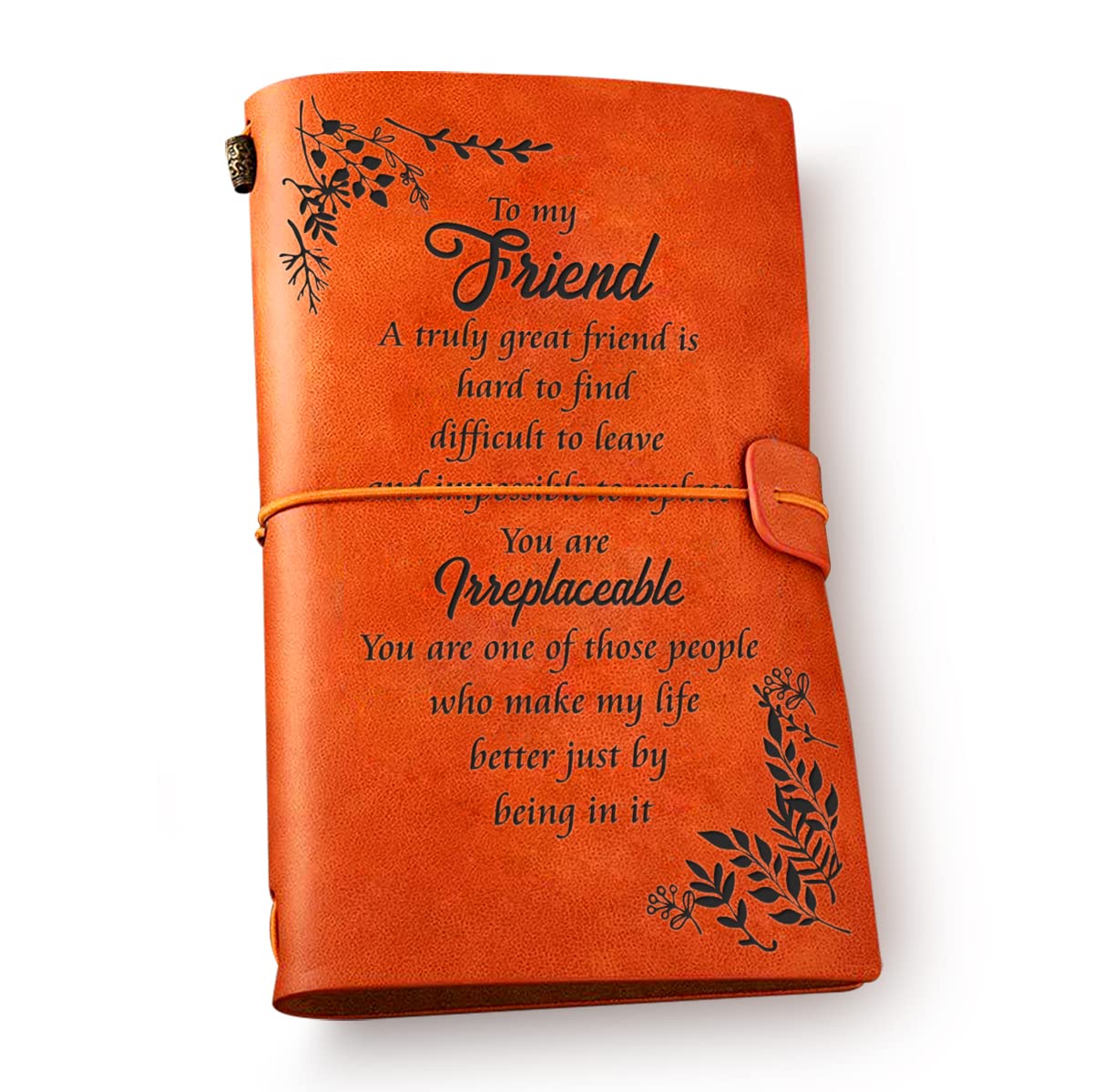Embarking on the venture of selling vintage items is not merely a commercial endeavor; it is a captivating journey through the annals of time, where each piece encapsulates a unique story, a bygone era, and a touch of nostalgia. This exploration delves into the intricate world of selling vintage items, unveiling the allure, challenges, and enduring appeal that make this pursuit both a business and a celebration of the past.
At its essence, selling vintage items is a nuanced art that requires a discerning eye, a passion for history, and a commitment to preserving the cultural significance of each piece. Whether it’s a weathered leather jacket from the roaring ’20s, a mid-century modern furniture piece, or a vinyl record echoing the tunes of yesteryear, each vintage item carries the weight of its own narrative, waiting to be discovered and embraced by a new custodian.
The appeal of vintage items lies in their authenticity and the inherent craftsmanship of a bygone era. Unlike mass-produced modern goods, vintage pieces are often handcrafted, bearing the indelible mark of artisans who poured their skills and passion into creating timeless treasures. This authenticity resonates with a growing audience that seeks to break away from the uniformity of contemporary consumerism and embrace the individuality embedded in vintage finds.
As a seller of vintage items, curating a collection becomes a meticulous process of sourcing, storytelling, and presentation. Thrift stores, estate sales, and flea markets transform into treasure troves where hidden gems await discovery. Each find is not just an object; it’s a relic that carries the whispers of history, reflecting the trends, social movements, and cultural shifts of its time.
The challenges inherent in selling vintage items are as diverse as the pieces themselves. Authentication becomes paramount, distinguishing between genuine vintage and reproductions. Preservation techniques must be employed to ensure that delicate fabrics, aged papers, and fading colors retain their charm without succumbing to the ravages of time. Moreover, navigating the ever-evolving market trends and understanding the preferences of a discerning clientele add layers of complexity to the endeavor.
Yet, it is precisely these challenges that make selling vintage items a rewarding pursuit. Each hurdle surmounted is a step closer to preserving a tangible piece of history and connecting with individuals who share a passion for the authenticity and character that vintage items embody. The community that surrounds vintage selling is vibrant, comprising collectors, enthusiasts, and individuals seeking to infuse a touch of heritage into their lives.
In the digital age, online platforms become the modern marketplace for vintage treasures. Websites and social media channels serve as storefronts where sellers can showcase their curated collections, weaving narratives that resonate with buyers globally. This digital evolution has not only widened the reach of vintage sellers but has also facilitated a broader conversation about sustainable consumption and the enduring beauty of well-crafted goods.
Selling vintage items is more than a transaction; it is an ongoing dialogue between the past and the present, a celebration of craftsmanship, and a testament to the timeless allure of well-preserved artifacts. As the journey unfolds, sellers of vintage items become custodians of history, playing a crucial role in ensuring that the stories embedded in each piece continue to echo through time, finding new audiences eager to embrace the beauty of days gone by.
